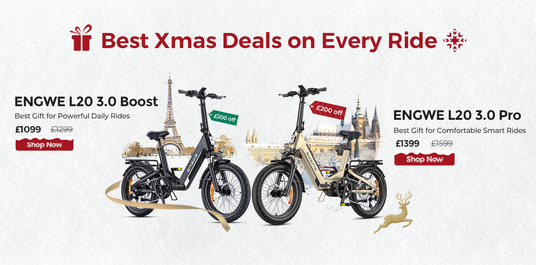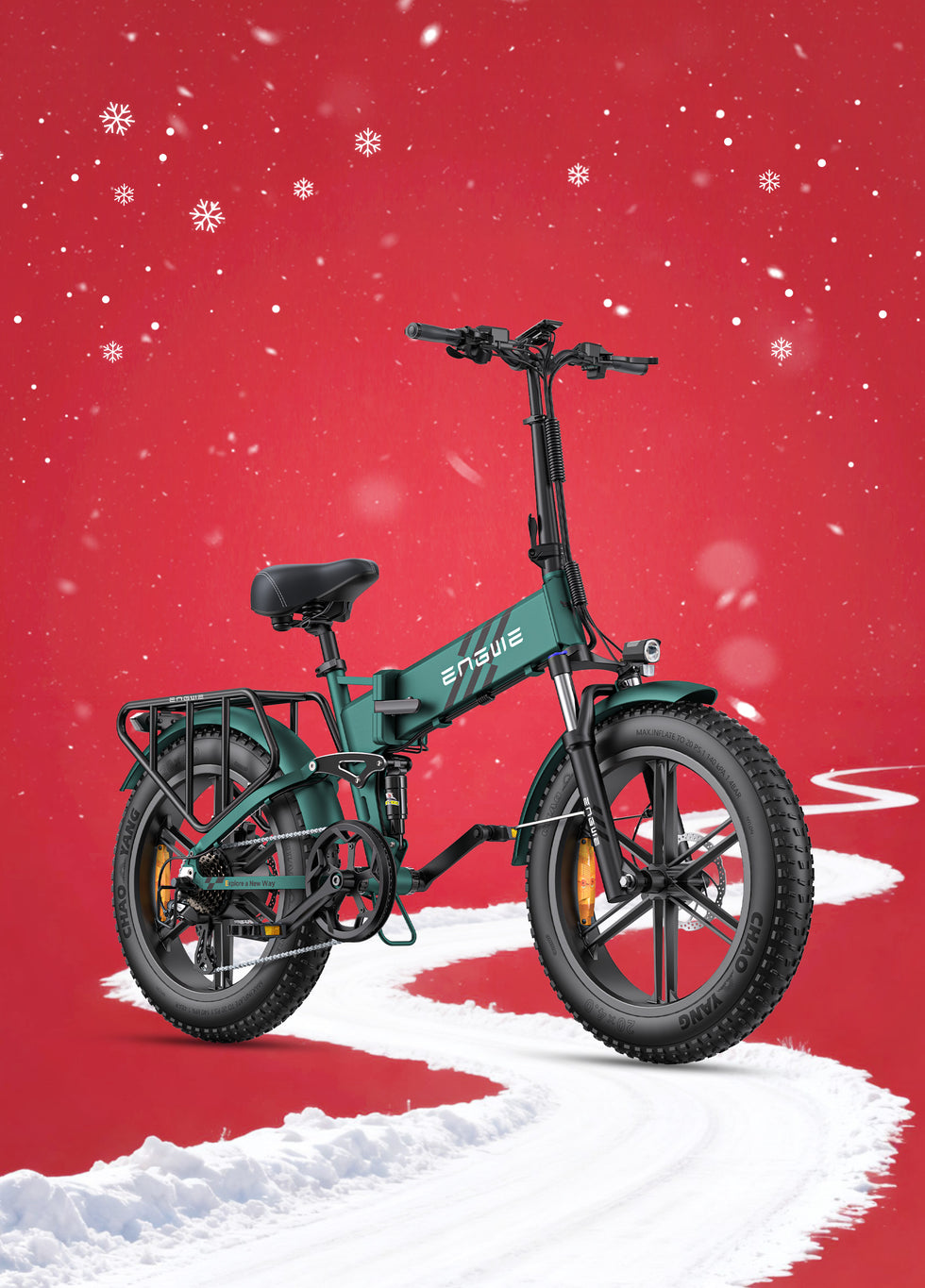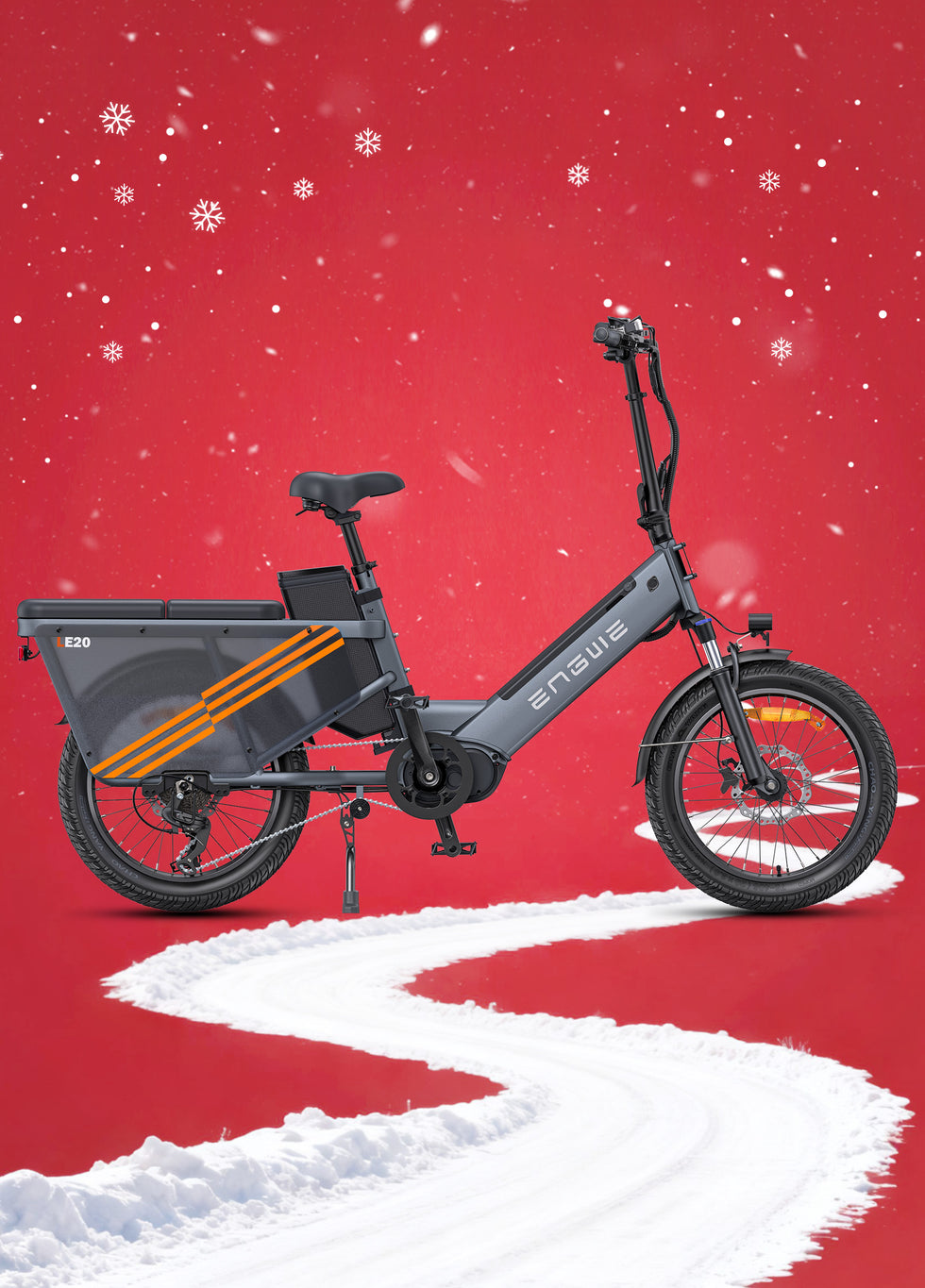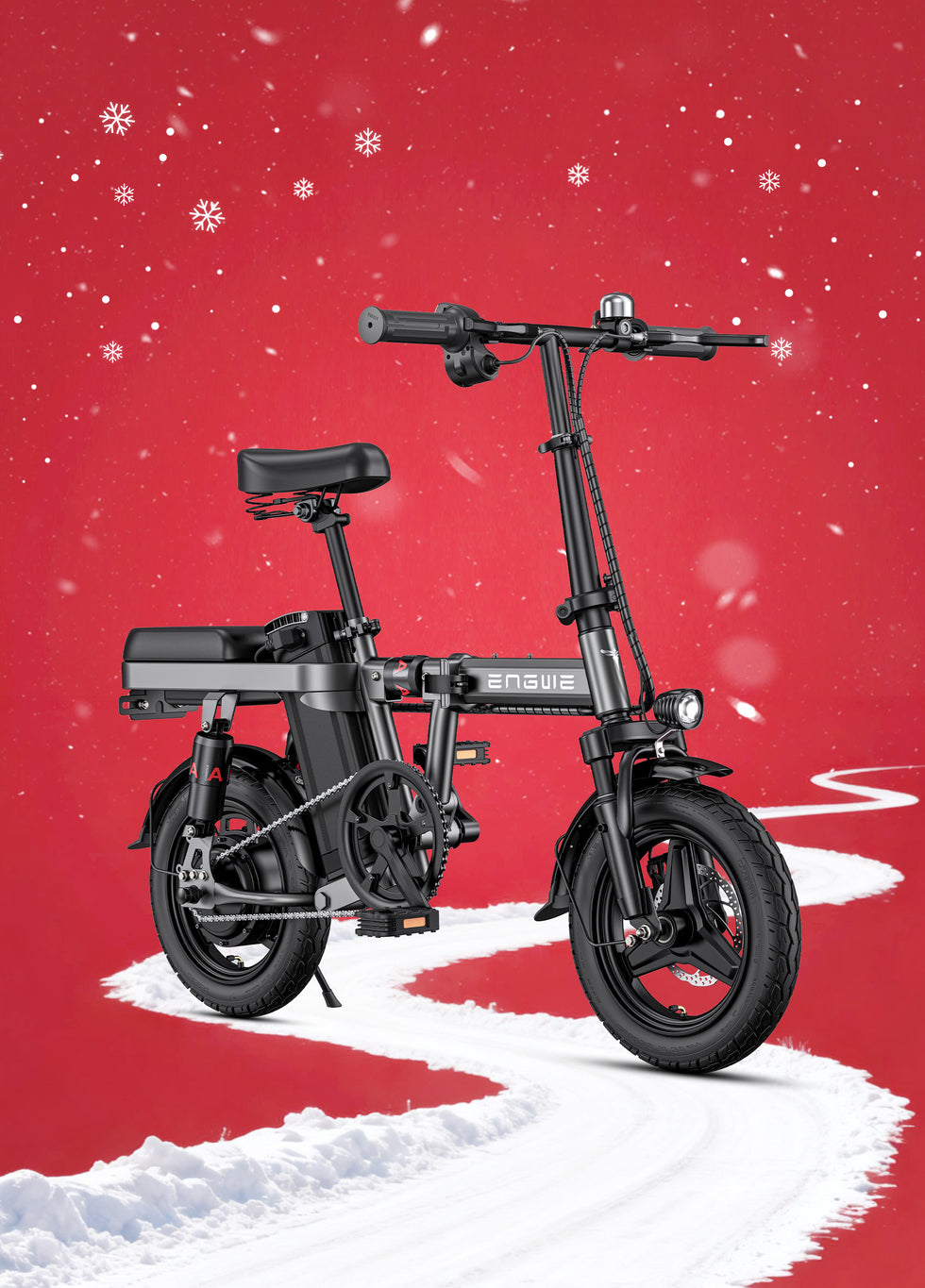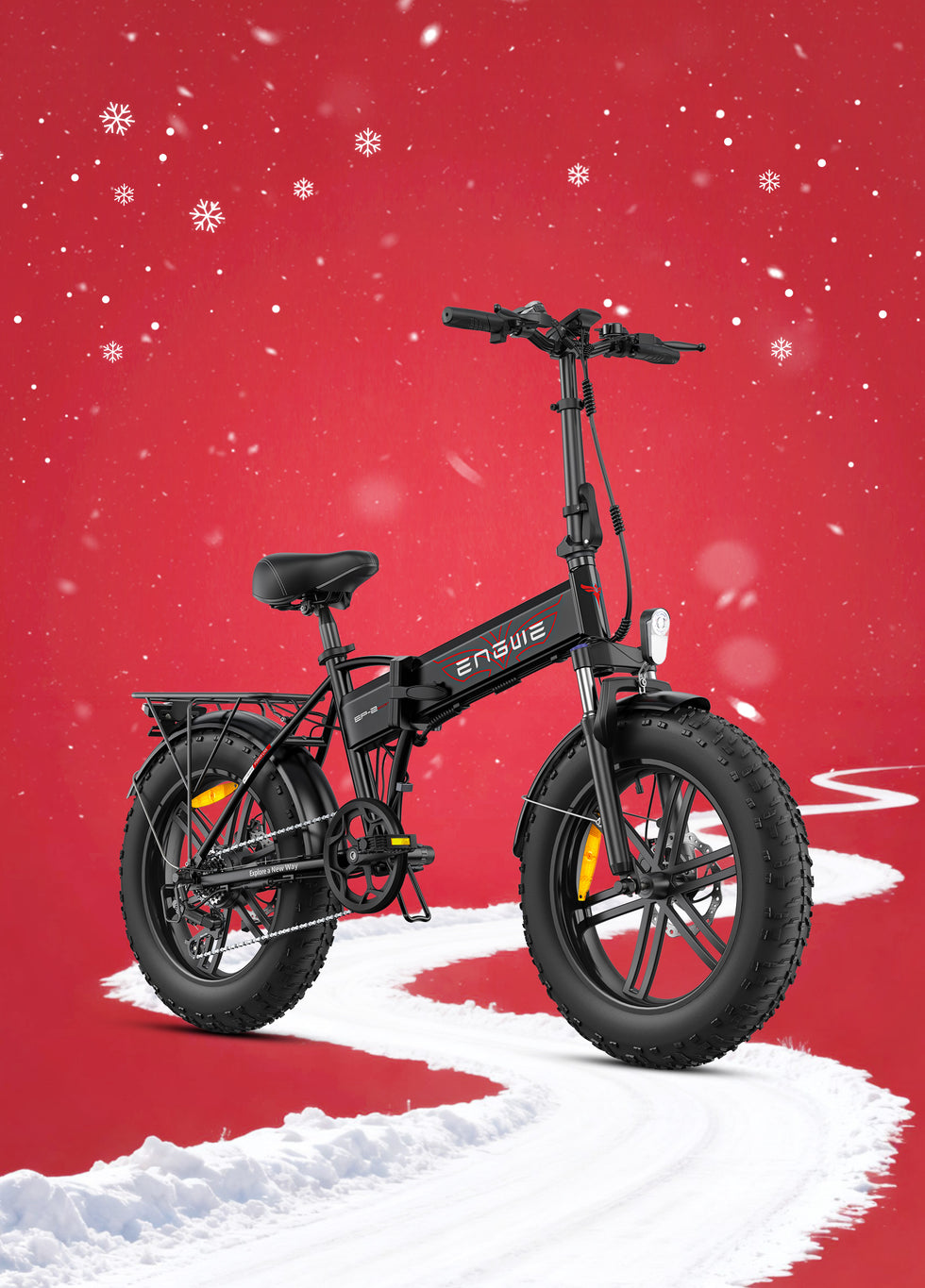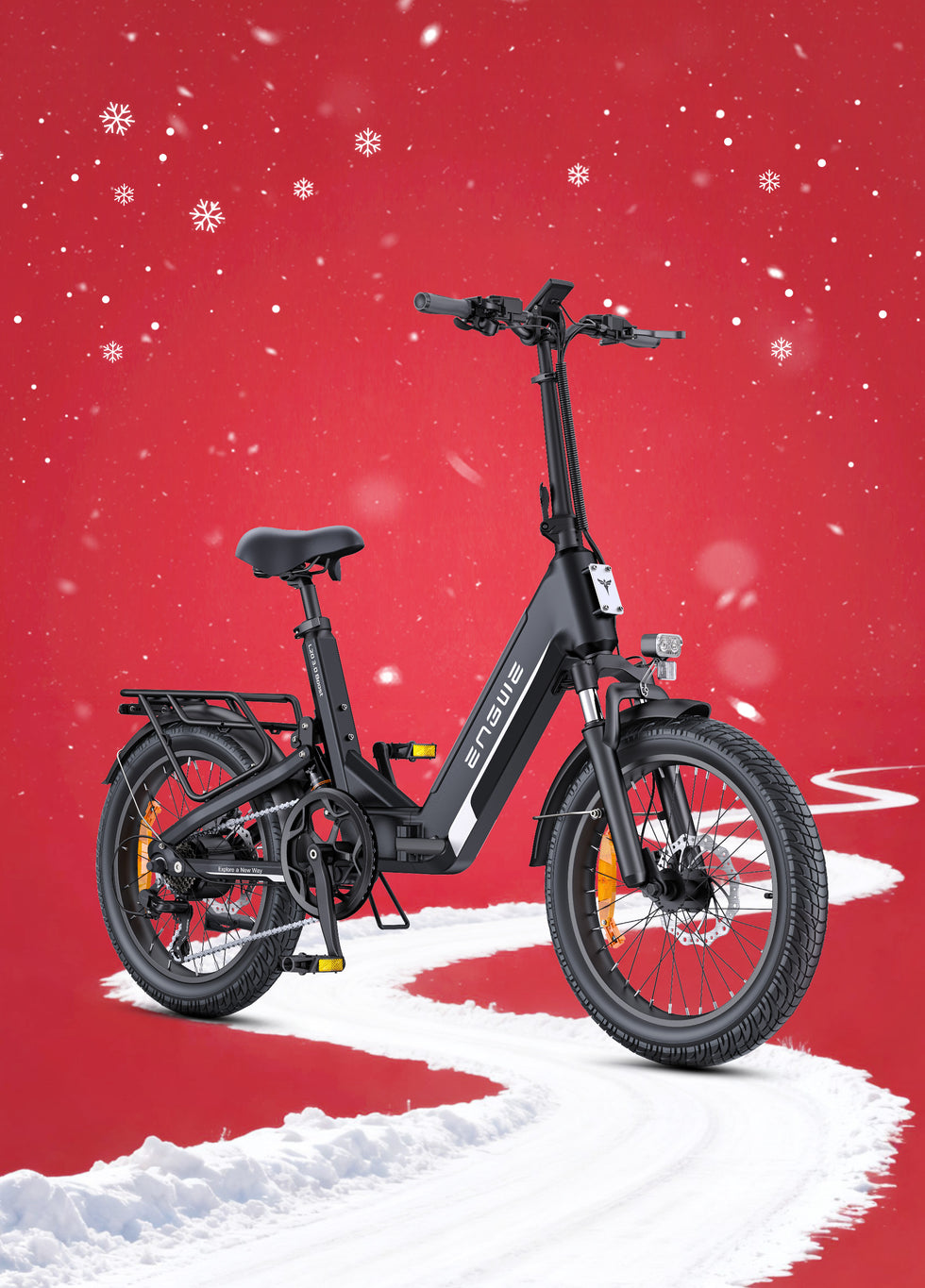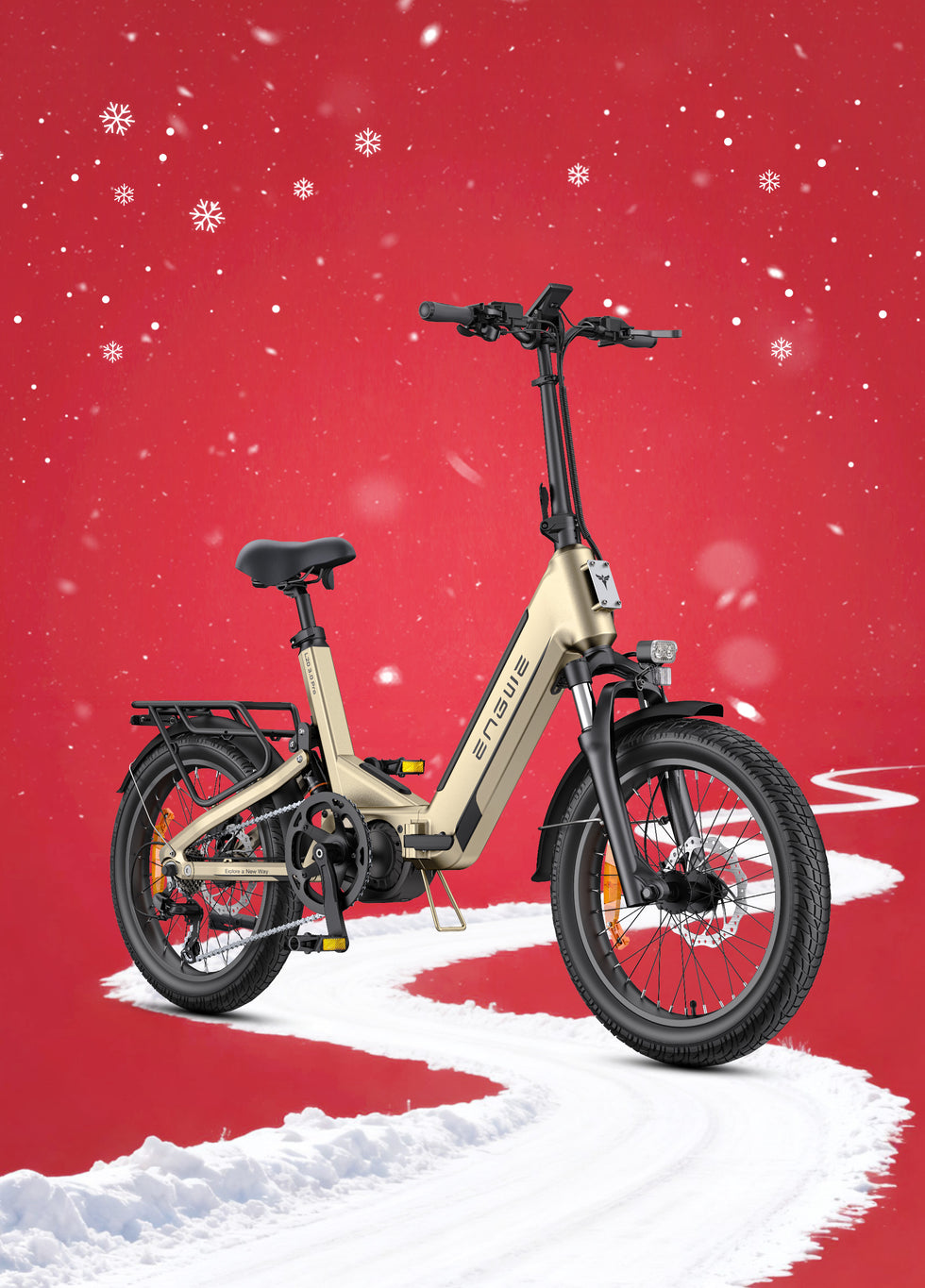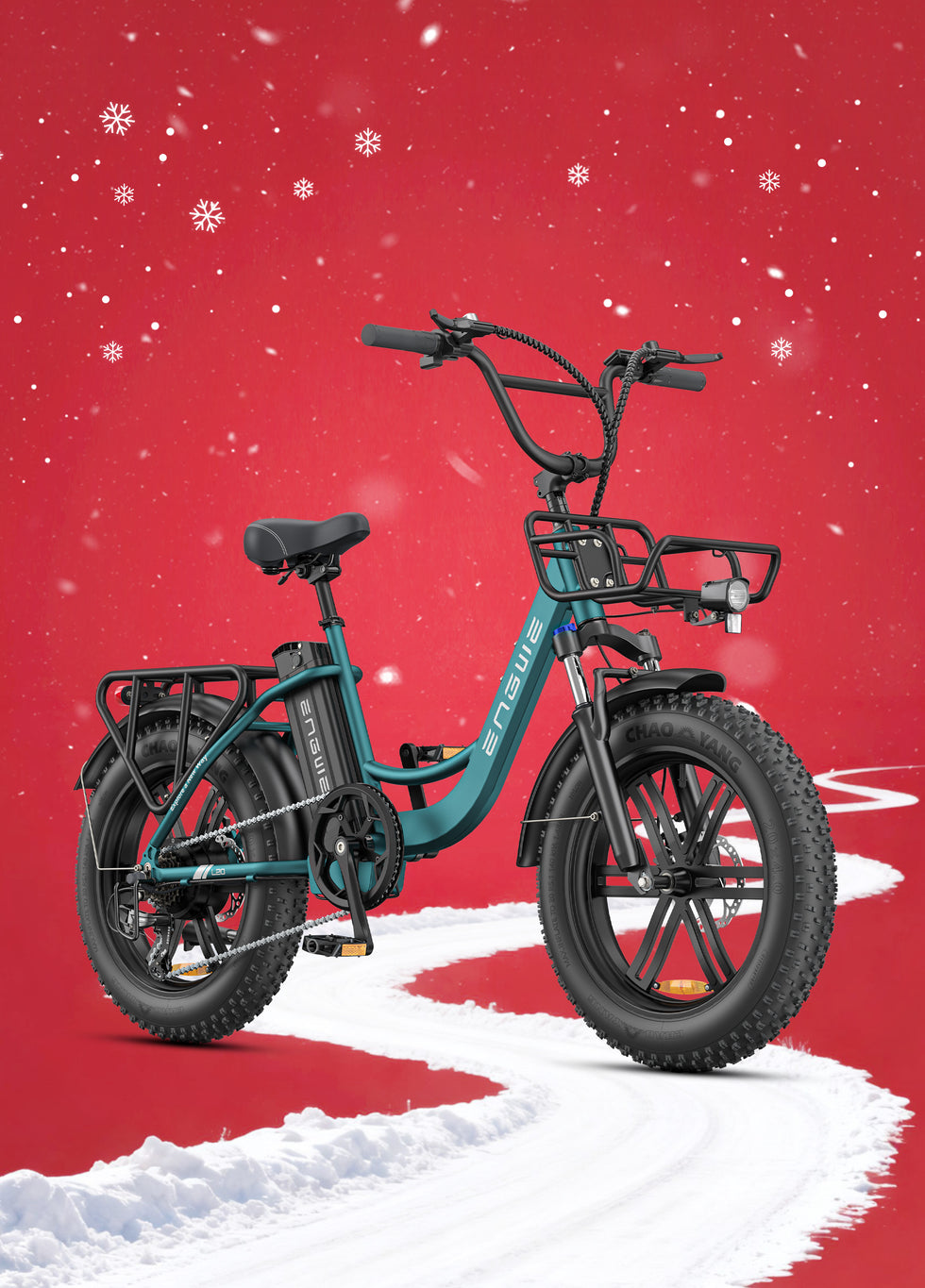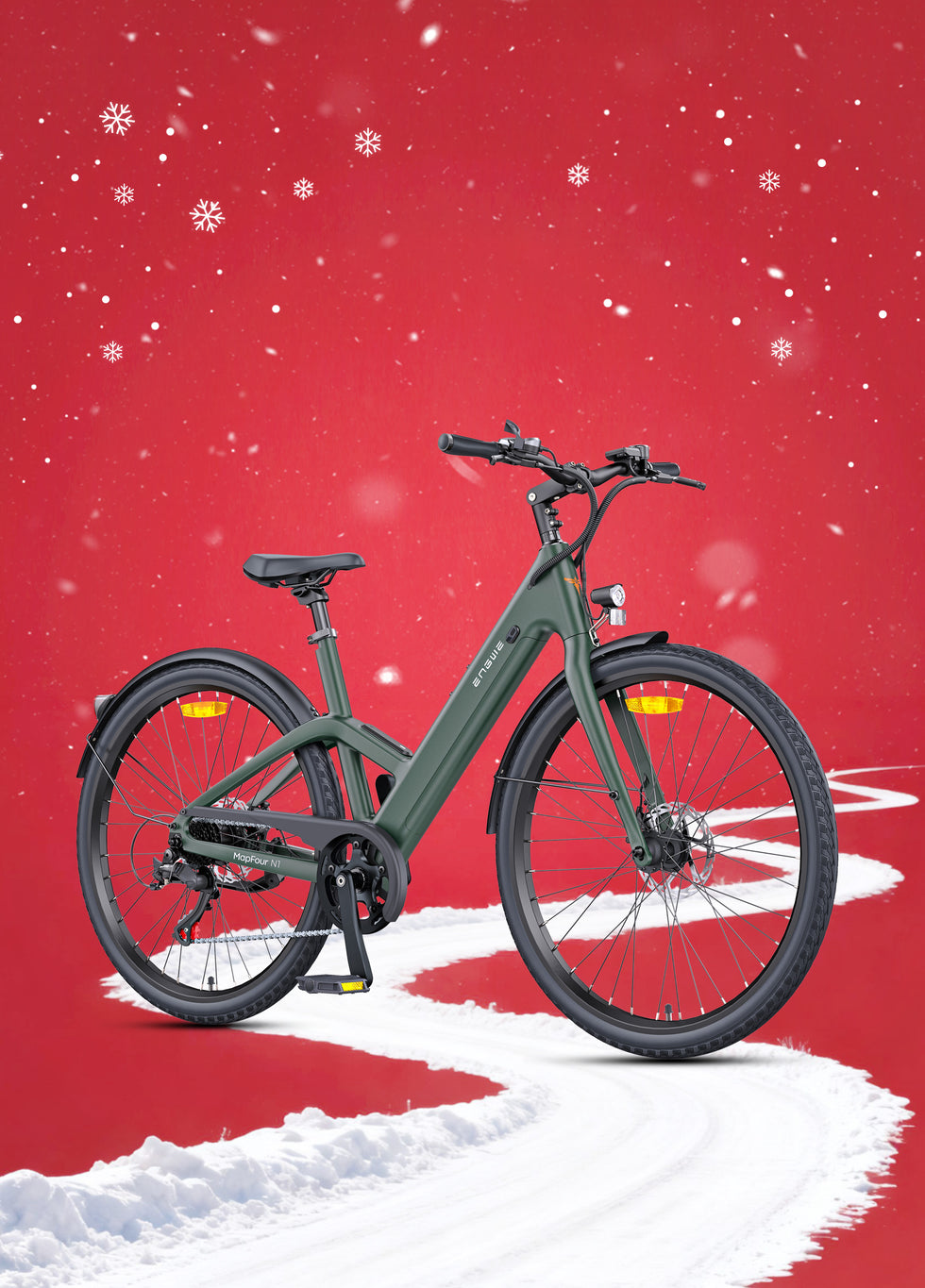Choosing the Right E-Bike for Your Lifestyle
Venturing into the world of electric bikes can be a bit like learning a new language. Words like torque sensors, watt-hours and hub drives greet you, when all you’re trying to do is answer one simple question: which electric bike is for me? There’s no denying they’re the food of the moment, and for good reason. They’ve flattened hills, shortened commutes and made cycling accessible to a whole new group of people. But this trendiness has also swamped the marketplace with options. And that is what this guide is here to help us do. We’ll guide you through the key points of consideration not as engineers (which many of us are), but as riders: Because what we’re really interested in is what these details mean for your experience actually riding the road or trail. That way, you’ll have the tools you need to select not just a bike that fits your budget, but also one that is tailored to your lifestyle.
The Riding Style Issue: First Things First
Before you consider a single specification, you need to consider you. Where will you be riding? Honest self-expression in response to this question is by far the most important part. The way in which you plan to use your e-bike will determine the best one for you. Do you work in the city and get around on tarmac, dodging traffic, and need something you can just fire up for the daily grind? Perhaps you’re in the market for a hybrid or foldable e-bike to take up less space at home or in the office. Maybe you’re a weekend warrior hoping to hit back roads and mellow trails. For this, a hybrid or a hardtail e-mountain bike would be ideal. Or are you an adrenaline junkie looking to take on steep, rough and rocky ground? Then you want a full-suspension electric mountain bike. Thinking early about what you’ll use it for will narrow the field drastically, and help keep you from buying some monster off-road beast to ride to work on 5 kilometres of smooth bike path.
Understanding the Core Components
The Motor, Battery and Torque
This is the guts of an electric bike. Let's break it down simply. The motor provides the assistance. In the UK and EU, road-legal bikes are capped at a 250W motor that can help you along to a maximum speed of 25 km/h (15.5 mph). Anything beyond that is a bonus you have to earn with your own leg power. The actual difference you are going to feel is a combination of two things: torque and the sensor.
Torque (Nm): The twisting force, measured in Newton-metres (Nm), that the motor provides. More torque (e.g. 50Nm or more) means the bike will be better at getting you away from a standing start and up steep hills.
The sensor informs the motor when to provide assistance. There are two main types. A cadence sensor provides power immediately as soon as you start rotating the cranks, making it feel a little like an on/off switch. A torque sensor is more advanced; it detects how much effort you are putting into pedalling and adjusts the assistance accordingly. That makes for a far smoother, more natural feeling, as though your own strength has been magnified.
The All-Important Question: "How Far Can I Go?"
Are you worried about running out of juice? Your battery is your fuel tank, and its capacity determines how far you can go on a single “tank” of electricity. This is generally specified in Watt-hours (Wh) or Amp-hours (Ah) and Volts (V). The larger the number, the longer the range, presumably. But be very skeptical of the maximum range figures promoted by manufacturers. Those are nearly always based on ideal conditions: a small, light rider on flat ground, with no wind, using the lowest mode of assistance. In reality, your weight, the terrain (hills are thirsty!), the level of assistance you choose, and even your tyre pressure will wildly affect your real-world range. A general rule of thumb is to halve whatever the inflated maximum range is and assume that will be your target for regular, mixed use. Also, check if the battery is removable. A removable battery is a massive convenience for charging because you can simply carry it indoors to your home or office. It also serves as a safety feature, since the bike is less appealing to potential thieves without it.

Essential Features for a Great Ride
Practical and Comfortable Stuff
An electric bike is still a bike, so the classic elements are necessary. Brakes are a top priority. With the extra speed and added weight, you want reliable stopping power. Disc brakes, especially hydraulic ones, work a lot better in the wet than old-fashioned rim brakes. Comfort is also influenced by the quality of the suspension. A front suspension fork will help you maintain control and get the most out of your ride; its role is to soak up the bumps and potholes along the way, keeping your arms and wrists from feeling fatigued on longer rides. Look at the tyres. Thin tyres will help you travel faster on flat roads and pavements, but fat tyres offer great comfort and excellent levels of grip, meaning you can hit trails, gravel paths, and even sand with confidence. Don’t forget practical extras. Does the bike have mudguards (so you don’t get wet), a rear rack (for shopping or a work bag), and built-in lights for when it gets dark? Purchasing a bike that includes these could save you a lot of money and hassle down the line.
Spotlight: The ENGWE EP-2 Boost – A Smart All-Rounder
As you begin combining these characteristics, you typically end up with a bike that performs well in one aspect but falls short in another. Yet, a few models maintain an impressive equilibrium and are excellent jacks-of-all-trades. Case in point: the ENGWE EP-2 Boost. This bike is for the rider who wants all the options you could ask for without compromise. It’s centred on a 250W brushless motor that’s both powerful and fully UK road-legal, with a headline figure of 55Nm of torque. It’s more than enough power to conquer tough, top-of-the-hill climbs – and you can use the exclusive Boost button for instant acceleration when you need a little extra power. This is all made remarkably smooth and intuitive by its sophisticated torque sensor, which matches the motor’s output to your effort for a virtually imperceptible ride. Its compact, foldable design makes it an ideal option for those living in tighter spaces or who rely on public transportation. Adding to its adaptability are the super-wide 20 x 4.0 fat tyres and front suspension, designed to make light work of anything from city tarmac to country trails. You need not worry about running out of power in the middle of nowhere, thanks to the 48V 13Ah high-capacity removable lithium battery with a range of up to 120km on a single charge in ideal conditions. It’s all about safety too; the powerful 180mm front and rear disc brakes deliver absolute control with little maintenance. For practical daily use, it is kitted out with front and rear fenders and a tough rear rack, so it has no problems taking on any adventure or commute from day one.

Final Checks and Legalities
Before you commit, there are a few last things to tick off. First of all, make sure the bike is actually legal in your country. As is well known, the motor must not exceed 250W, assistance must cut out at 25 km/h, and it must only operate if the rider is pedalling (no 'twist and go' throttles that operate when you're stationary). Secondly, take a test ride if you can. Bike feel is a personal thing, and what seems right on paper may not actually feel right when you try it out. Make sure to choose the correct frame size for your height. And last, check what kind of warranty they offer. A good warranty covers three foundational areas: the frame, motor, and battery. A warranty shows that the manufacturer has faith in their product and offers a form of insurance so your investment pays off.
It’s all about finding the right electric bike for your journey and your lifestyle.
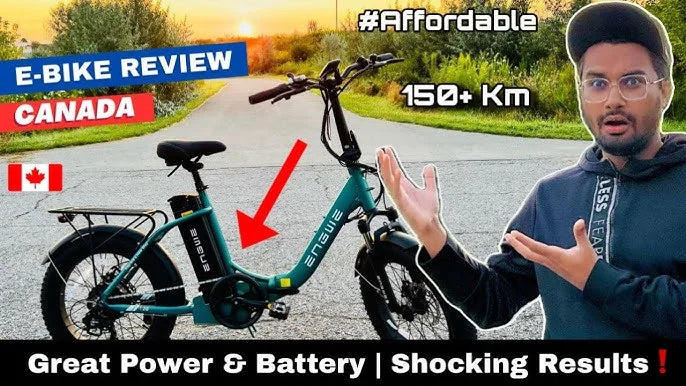
Frequently Asked Questions
1. What are the advantages and disadvantages of hub motors vs mid-drive motors?
A hub motor sits in the middle of one of the wheels (front or back), whereas a mid-drive motor is incorporated into the centre of the bike, where the pedals are. Hub motors are common, inexpensive and low-maintenance, which make them excellent options for commuting, leisure and much more. Mid-drive motors are more complex; they deliver power right to the drivetrain (the chain), which is more efficient, especially on hills. This gives a more balanced bike and it also rides very much like a regular bike. In very hilly terrain or for serious off-road use, many people lean toward a mid-drive, but for the vast majority of everyday riders a modern, powerful hub motor proves more than sufficient.
| Feature | Hub Motor | Mid-Drive Motor |
|---|---|---|
| Position | In the hub of the front or rear wheel. | At the crank/bottom bracket, in the center of the bike. |
| Efficiency | Generally less efficient, especially on steep hills. | More efficient as it leverages the bike's gears. Excellent for climbing. |
| Ride Feel | Feels like being pushed or pulled. | Natural, balanced feel, like having super-strong legs. |
| Cost & Maintenance | Less expensive and lower maintenance. Self-contained unit. | More expensive and complex. Can cause more wear on the chain and cassette. |
| Best For | Commuting, leisure riding, and general everyday use. | Hilly terrain, serious off-roading, and performance-focused riding. |
2. How do I get more life out of my electric bicycle battery?
This can mean two things: boosting the range per charge and extending the lifetime of the battery. To get more range, select a lower level of pedal assist, make sure your tires are at the correct inflation, and do your best to keep pedalling easy and smooth, rather than giving in to the temptation of sudden surges of power. To extend the battery's life, don't leave it fully discharged or fully charged for a long period of time. Your sweet spot for storage is 40% to 80% charge. Also, be sure to charge it at room temperature and use only the charger that came with the bike for the correct voltage and current.
3. Should I purchase a fat tyre bike?
Those fat tyres, usually 4 inches or wider, are essentially a passive suspension system. The large volume of air helps them provide a gentle ride, so they are comfortable, even without mechanical suspension. They offer impressive traction over a wide range of surfaces from loose gravel to sand and even snow. The trade-offs are that they are heavier and have more rolling resistance on smooth tarmac, so you may not be as fast as on a bike with skinny tyres. If you ride on varied terrain or prioritize comfort and stability over sheer speed, fat tyres can be a great option.
4. Are throttle electric bikes legal in the UK?
This is a frequent area of misunderstanding. A ‘twist and go’ throttle, which you can use to power the bike without pedalling at all, is not permitted on a bike that’s marketed as a standard electric bicycle. However, there’s a feature on some bikes that is legal: a button to provide assistance up to a walking speed (6 km/h) without having to pedal, which is convenient when setting off. Assistance beyond that speed, up to the maximum of 25 km/h, may be provided only if the bicyclist is actively pedalling. Always ensure that the bike meets all current EAPC (Electrically Assisted Pedal Cycles) requirements for use on the road in the UK.
5. Is maintaining an electric bike challenging or costly?
Aside from the electrical components, they’re generally the same as a regular bike to maintain. You’ll still need to keep the chain clean and lubricated, make sure the tyres are pumped up and the brakes are in good working order. Many local bike shops now have the tools to service the mechanical parts of an e-bike. The electronic parts, such as the motor and battery, are typically enclosed units that need next to no maintenance. The main thing to keep in mind is to keep battery connections clean and dry, as well as using proper battery care. Battery replacements can be costly, but a well-maintained battery should last for many thousands of miles.
